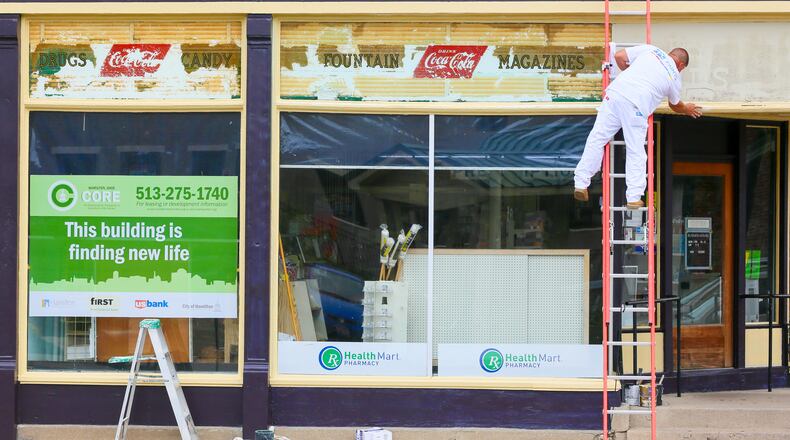MORE: Hamilton ‘poster child’ for successful downtown rebirth, group says
One of the reports co-authors, GOPC Manager of Research and Policy, Torey Hollingsworth, said the idea was to look at how America’s smaller cities — those located primarily in the Midwest and Northeast with 30,000 to 200,000 residents — were dealing with having to shift from manufacturing based economies to a post-industrial age.
“The report looks at 24 cities with populations roughly below 200,000 between the time period of 2000 and 2015, trying to get a sense of how these cities have been doing over the last 15 years,” Hollingsworth said. “It looks at revitalization strategies that have been working specifically the smaller cities with a focus on the special particular needs of those places.”
She added, “we started out with a universe of about 64 cities that met are criteria and narrowed it down to 24 cities that we thought were representative of a lot of the different things going on in smaller legacy cities. We have been interested in what has been going on in Hamilton for a couple of years now and wanted to include them in the report.”
Hollingsworth told the Journal-News that across the board, Ohio’s smaller legacy cities have been met with some significant challenges in recent years in terms of developing workforce strategies and rebuilding downtowns, especially in comparison to their counterparts in the northeast.
“Cities in Ohio didn’t due as particularly well as cities on the east coast because the cities there seemed to have a longer time to think about and develop strategies after the recession in 2000,” she said. “But Hamilton fared well as seems to have embraced developing long-term strategies to rebuild downtown and attract workers, while trying to build a diverse economy. Working to grow an arts scene is also a good strategy for the city. The future seems bright for Hamilton.”
City Manager Joshua Smith said he was thankful that the GOPC recognized Hamilton in its report.
“We certainly understand we have many huge issues in front of us,” Smith said. “City Council has been adamant about having a well-articulated strategic plan and to make incremental improvement on an annual basis. Our focus in the past several years has been to promote job creation, which we have had moderate success.”
MORE: 8 start-up tech firms bring their ideas to Hamilton
Smith said public officials understand that it will take not just bringing jobs to Hamilton in order to forge a good looking future for the city, but also having the workers to fill those jobs.
“While job creation is very important, we also understand that we need workers to fill jobs and for our residents to have safe and clean neighborhoods,” he said. “We have been debating various pivot points, so we can do a better job of promoting Hamilton as a desirable place to live.”
Infrastructure, people and education are also issues Smith feels are key to the city’s future.
“Traffic and neighborhood issues are certainly being discussed as well as strengthening our relationships with multiple educational institutions to ensure curriculum is aligned to the skills needed by our employers,” he said.
About the Author
